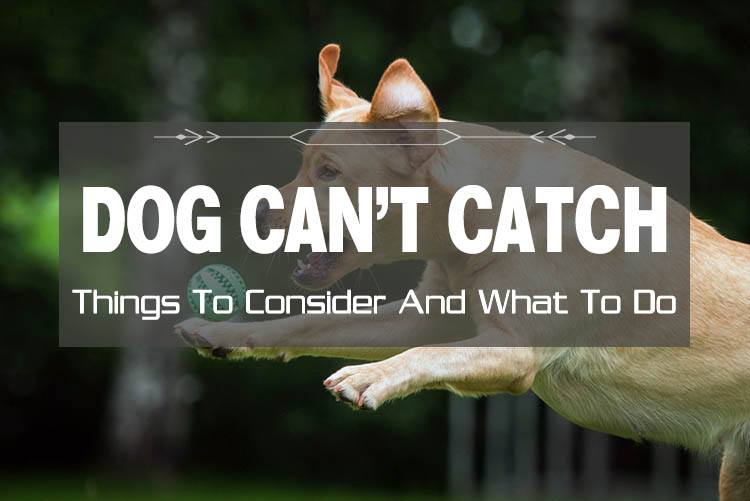Why do dogs get the zoomies? These sudden bursts of energy—known as frenetic random activity periods (FRAPs)—may look chaotic, but they’re actually a normal and healthy part of canine behavior. Zoomies usually happen when dogs are feeling extra excited, need to release built-up energy, or are reacting to a sudden change in mood or environment. Whether your pup sprints around the living room after a bath or circles the yard in a blur of fur, these playful episodes are one way dogs express happiness and vitality. In this article, we’ll break down why dogs get the zoomies, what triggers them, and how to keep your dog safe and balanced during these high-speed outbursts.
Key Takeaways
- Zoomies, or frenetic random activity periods, are common bursts of energy in dogs, indicating happiness and playfulness.
- Common triggers include excitement, stress relief, and specific times of day, such as dawn and dusk, when dogs tend to be naturally more active.
- While generally harmless, excessive zoomies may signal anxiety or lack of exercise, so providing regular physical activity like daily walks and mental stimulation can help manage them.
Understanding Dog Zoomies (FRAPs)
Dog zoomies happen when dogs suddenly burst into a short burst of frantic movement, often running full speed around the house or yard. This behavior is especially common in puppies and young dogs, though many older dogs also enjoy these energetic episodes. Dogs frequently get the zoomies after events such as bath time or play sessions, releasing pent up energy in a joyful display.
Many pet parents recognize this behavior as a sign of a happy dog. When zoomies occur, you might notice your pup’s wide eyes and playful jumping, accompanied by play bows inviting interaction. This is a perfect example of normal dog behavior that brings good fun to both pets and owners alike.
Dogs tend to engage in zoomies as a way to release pent up energy that builds throughout the day. Without enough exercise or mental stimulation, many dogs will channel this excess energy into frenetic random activity periods, often called zoomies. This behavior is not only common but also beneficial, helping dogs maintain emotional balance.
Common Triggers for Zoomies
Zoomies can be triggered by several factors, all related to a dog’s need to release excess energy or cope with stress.
Excitement-Induced Zoomies
Excitement is one of the most frequent causes of zoomies. Many dogs get the zoomies after bath time, as they try to dry off and shake off the unfamiliar sensation of wet fur. Similarly, a dog may burst into zoomies when their owner returns home after a long absence, or during mealtime excitement.
Environmental triggers like the arrival of family members or playtime in the yard often cause dogs to run in circles or chase their tails in bursts of energy. Many pet parents find these moments delightful as they watch their dog’s happiness expressed through energetic play.
Stress Relief Zoomies
Stress or anxiety can also cause zoomies. For example, after a stressful event like a visit to the vet, dogs may suddenly run around to release tension. This behavior helps them return to a calm state by expending pent up energy.
Providing regular mental stimulation and more exercise can reduce stress-induced zoomies and improve a dog’s overall well-being.
Time of Day
Dogs are crepuscular animals, meaning they are naturally more active during dawn and dusk. This biological rhythm means zoomies are more likely to happen in the evening or early morning. Many dogs, especially puppies, will have bursts of energy during these times, often coinciding with daily walks or play sessions.
Understanding these natural activity patterns helps dog owners anticipate when their pets might get the zoomies and prepare a safe space for them to run freely.
Implications of Zoomies for Your Dog’s Happiness
Zoomies are a clear sign that your dog is a happy dog, expressing joy and good health through bursts of energy. Observing your dog’s posture during zoomies can provide insight into their emotional state. A relaxed dog will display loose body movements, wagging tails, and play bows, signaling that the behavior is playful and fun.
On the other hand, a dog showing a tense posture or a tucked tail during zoomies might be experiencing stress or discomfort, which could be a sign to provide more exercise or mental engagement.
Many dogs, especially puppies, use zoomies as a way to communicate their excitement and release energy safely. This behavior is a natural part of their life and development, helping them stay balanced and happy.
When Zoomies Might Be a Concern
While zoomies are generally a sign of a happy dog, there are times when they might indicate underlying issues. Excessive zoomies can be a sign that a dog is not getting enough exercise or mental stimulation. Puppies and young dogs tend to have more energy, but if older dogs frequently get the zoomies, it might be a sign they need more physical activity or other resources to stay content.
If zoomies occur in unsafe environments, such as around hardwood floors or near stairs, there is a risk of injury. Dogs running at full speed around the house might slip or collide with furniture. Pet parents should watch their dog’s posture and behavior during zoomies to ensure they are not in distress.
If zoomies are accompanied by signs of pain or anxiety, such as wide eyes with a tense body or reluctance to stop running, consulting a certified professional dog trainer or veterinarian is recommended.
Managing and Redirecting Zoomies
Managing zoomies involves providing your dog with enough exercise, mental stimulation, and a safe space to release energy.
Safe Spaces
Creating a safe space for your dog to zoom, such as a fenced yard or a dog park, helps prevent accidents. Grass or carpeted areas are preferable to hardwood floors, which can be slippery and hazardous. Avoid areas with stairs or sharp obstacles where a dog might hurt themselves during a zoomie session.
Toys and Training
Interactive toys and training can redirect a dog’s energy in a positive way. Puzzle feeders and tug toys provide mental stimulation, while training sessions can teach your dog to calm down on command during bursts of excitement.
A certified professional dog trainer can help you develop a training plan tailored to your dog’s breed and energy level, ensuring they get enough exercise and mental engagement.
Exercise and Mental Stimulation
Daily walks, playtime in the yard, and visits to the dog park provide essential physical exercise. Mental stimulation through training, scent games, and puzzle toys helps channel a dog’s energy constructively, reducing the frequency of zoomies.
Many dogs, especially puppies, need more exercise and mental engagement than owners realize. Providing these resources helps prevent destructive behavior and excessive zoomies.
Enjoying Zoomies Safely
Zoomies are a normal and fun part of dog life, offering both dogs and owners moments of joy and excitement. By predicting when zoomies might happen and preparing a safe environment, dog owners can watch these bursts of energy with peace of mind.
If zoomies happen indoors, redirect your dog to a safe space like a carpeted room or outside to prevent injury. Avoid chasing your dog during zoomies, as this can increase their excitement and make calming down harder.
Summary
So, why do dogs get the zoomies? These joyful bursts of energy are a natural, healthy way for dogs to release tension, express happiness, and maintain emotional balance. Zoomies are especially common in puppies and young dogs, but can show up at any age as part of a dog’s normal behavior.
With proper exercise, mental stimulation, and safe spaces to run, dog owners can embrace zoomies as a sign of a happy, well-adjusted pet. If your dog’s zoomies ever seem excessive or come with signs of stress or discomfort, a bit of redirection or expert guidance can make all the difference.
Want to learn more about quirky dog behaviors and how to better understand your pup? Explore our collection of expert tips and insights at our dog behavior blog and deepen your bond with your furry friend.
Frequently Asked Questions
What are dog zoomies?
Dog zoomies, also known as frenetic random activity periods (FRAPs), are sudden bursts of energy where dogs run full speed around the house or yard. It’s a normal dog behavior that expresses excitement and happiness.
What triggers dog zoomies?
Triggers include excitement, stress relief, bath time, and natural activity patterns at dawn and dusk. Lack of enough exercise or mental stimulation can also cause zoomies.
Are zoomies a sign of a happy dog?
Yes, zoomies are usually a sign that your dog is happy and playful. Observing your dog’s posture during zoomies can confirm if they are having fun or feeling stressed.
When should I be concerned about my dog’s zoomies?
If zoomies are frequent, intense, or accompanied by signs of distress, it might indicate anxiety or insufficient exercise. Consult a certified professional dog trainer or veterinarian if concerned.
How can I manage my dog’s zoomies safely?
Ensure your dog gets enough daily walks, playtime, mental stimulation, and has a safe space to run. Use toys and training to redirect energy and prevent injury during zoomies.




